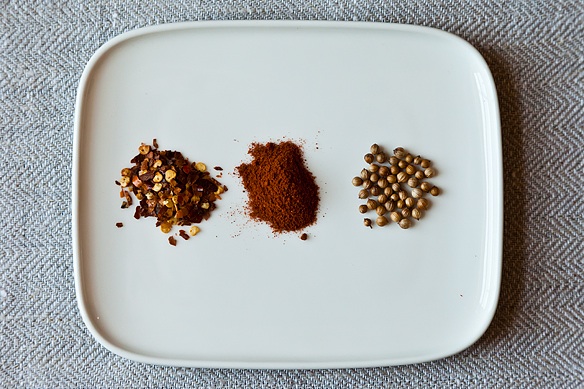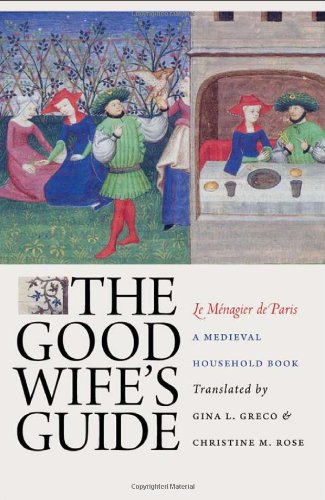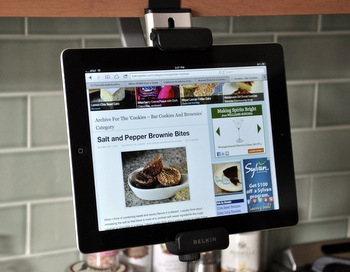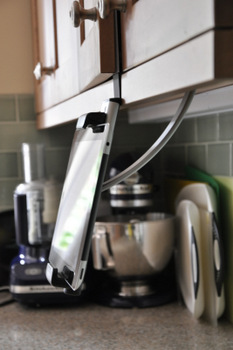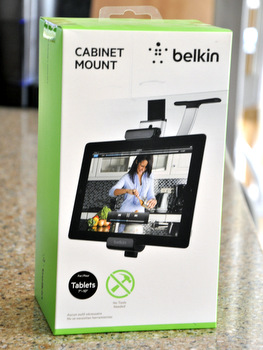In Strange Food History, we're hitting the books -- to find you the strangest, quirkiest slices of our food heritage.
Today: Medieval food is probably not what you think it is -- it's even stranger.
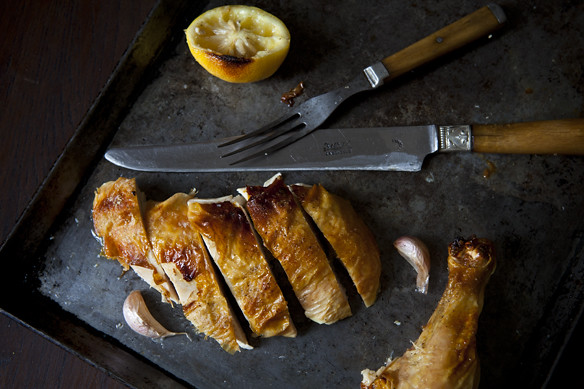
What comes to mind when you think about "medieval food"? Chances are, your brain creates a menu that's a cross between what you ate at the Medieval Times Dinner and Tournament and what you learned about ye olde "Dark Ages" in seventh grade history (and maybe you're also recalling something about the Bubonic Plague and the lack of plumbing).
The idea that during the 1000 years that comprised the Middle Ages -- from the 5th to the 15th century -- Europeans subsisted on giant turkey legs, roast potatoes, and gruel alone is, however, one of the biggest misconceptions in all of food history.

In reality (or what we know of it), medieval food was unbelievably elaborate, so much so that Paul Freedman, a professor of history at Yale and the editor of The History of Taste, claims that the only place it could possibly be recreated today is in the kitchens of modernist molecular gastronomy restaurants.
Medieval food was in no ways simple or refined. The cuisine relied on intense combinations of sweet and sour, huge quantities of spice, heavy processing (so that no ingredient was identifiable or distinct), and trompe-l'oeil, a French term for optical illusion. Nothing was meant to taste as it looked. Meat was ground and shaped to look like apples, birds were disassembled, cooked, and put back together, and fish were prepared three ways and in three different colors.
More: A menu for a medieval feast you'll actually want to eat.
Le Ménagier de Paris, known in English as The Good Wife's Guide, is a medieval household book written by an anonymous older man as instructions to his 15-year-old wife. The book contains over 400 recipes (some of which come from Taillevant, chef to the King of France) that showcase just how different medieval European food is from contemporary cuisine.
One of the most intriguing recipes in The Good Wife's Guide is for "eels reversed." Eels are sliced lengthwise and flattened into long rectangles. They are filled with a mixture of meat and spices and then sewn back together -- only this time their skin is on the inside and their innards are on the outside. The eel is then cooked and served.
So the next time you think the food at your neighbor's dinner party looks unappetizing, just be glad we aren't living in the 13th century.

Photos by James Ransom, except eels by David Doubilet via National Geographic
